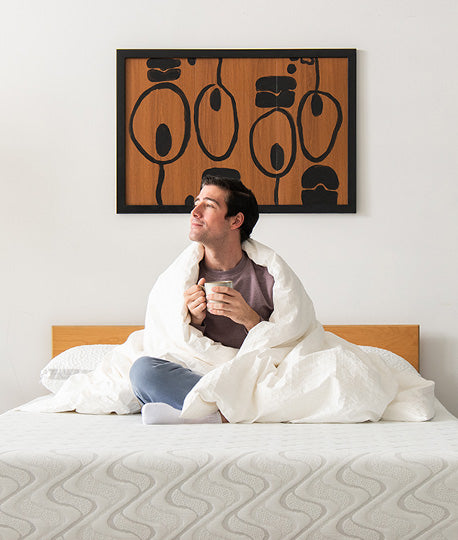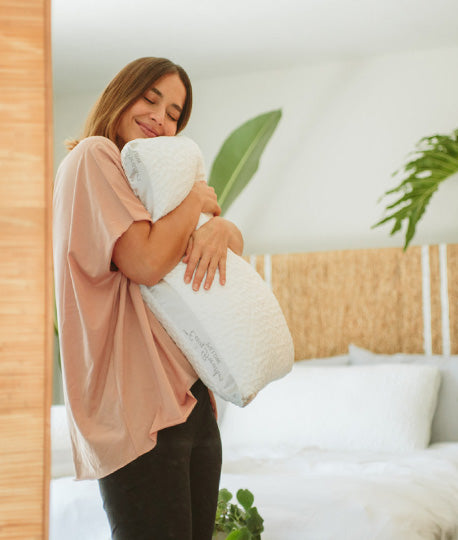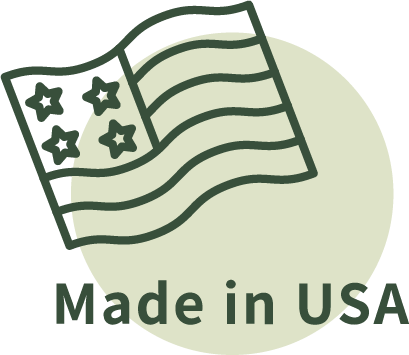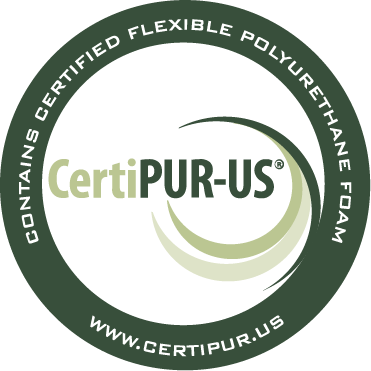The Best Baby Bedding for your Newborn
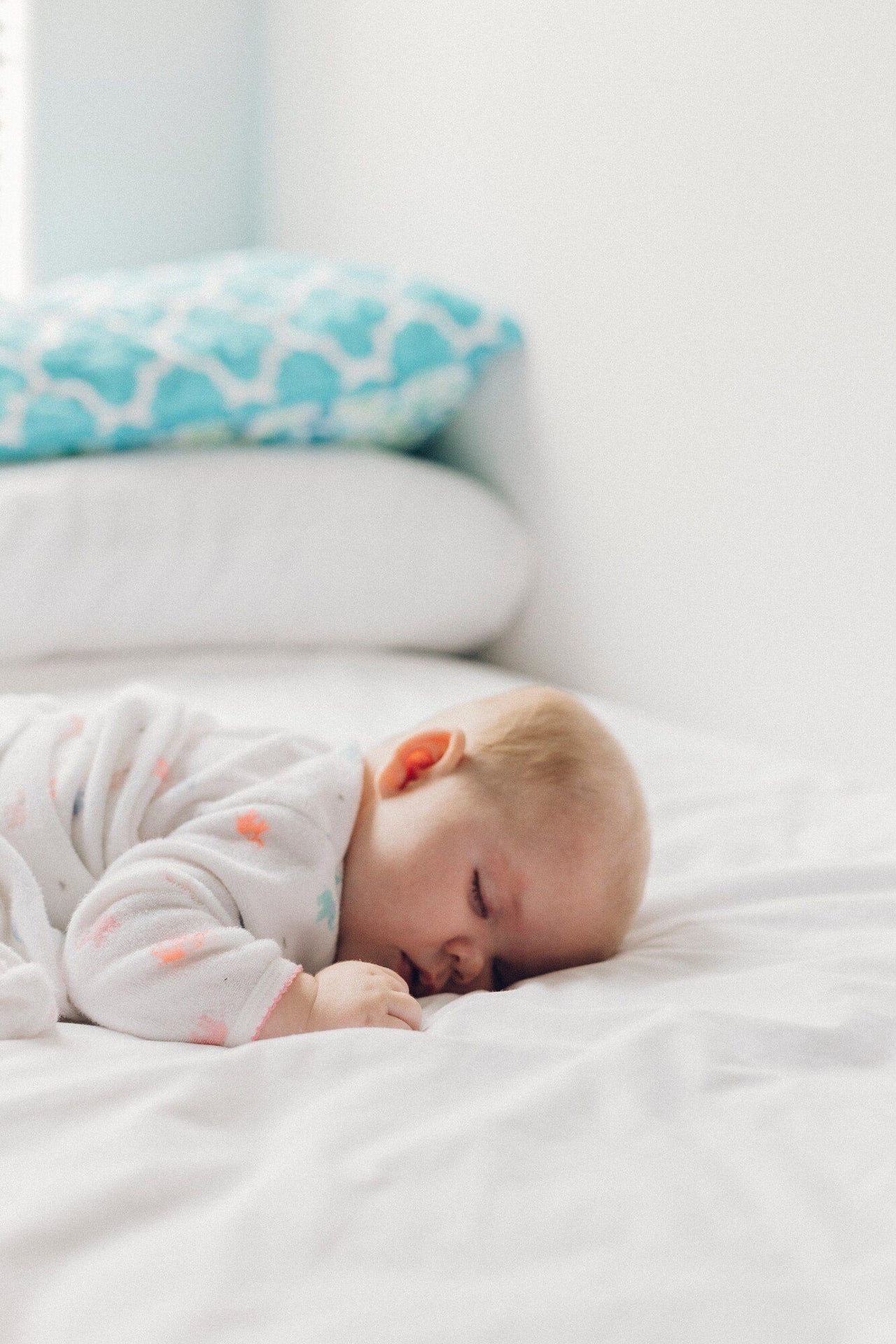
Congratulations! You are embarking on one of the most important adventures of your life. You're going to do great!
Whether you are an expecting parent or currently nurturing an infant and looking for quality baby bedding, we're here to help with tips for choosing fabrics that ensure the health and well-being of your child.
Read our guide for tips on selecting baby bedding that promotes comforting rest for your little one.
Things to Consider Before Purchasing Baby Bedding
Getting a good night's sleep is not only good for the baby but essential for you as well. Obvious factors such as hunger or a wet diaper cause babies to wake up in the middle of the night.
What about the nights when these needs are not the source? You pick up the baby and snuggle for a bit and sleep returns. You put the baby back to bed and immediately fussing begins.
The type of baby bedding your child encounters affects his/her sleep just as it does yours. Here are some important ways your choice of bedding affects your baby's sleep.
The Foundation
Baby crib bedding begins with the mattress. Of utmost concern is mattress safety.
The crib mattress must be firm and fitted tightly to the frame of the crib. Why? As babies begin to move, a mattress that is too soft will sink and allow gaps between the mattress and crib.
Check the size of mattresses and firmness to reduce gaps. It is not recommended to use bumper pads or other materials to fill the space between a mattress and crib frame.
A mattress that does not meet the regulated size stated by The United States Consumer Product Safety Commission (CPSC) has the potential to entrap a baby between the mattress and crib frame.
Temperature
Your baby is used to a consistent temperature provided naturally by Mom. Fluctuations in temperature will wake a baby.
Newborns benefit from bundling that mimics the natural cradling of the womb. When shopping for baby bedding, check for breathability and moisture-wicking that helps to keep the temperature consistent.
The CPSC recommends sleepers or lightweight coverings that are tightly tucked in no higher than waist level. Pillows, bumper pads, and heavy blankets should not be placed in the crib for the first year.
Skin Sensitivity
Babies have particularly sensitive skin. After all, they are brand new and not adjusted to this environment yet.
Even as an adult, you know that abrasive fabrics are the last thing you want on your bed. Chemicals used in the dying process can also cause allergic reactions in the form of hives or respiratory problems.
Unless you are ready to test your baby for allergies, choose baby bedding with the least amount of dye and synthetics.
Proper Fit
A protective mattress pad will preserve the life of your baby's mattress. The greatest benefit of a quality mattress cover is that it can be washed. This reduces exposure to bacteria and dust mites.
Many protective mattress covers are waterproof and offer moisture-wicking abilities to keep your baby dry. This feature protects the mattress from diaper leaks and helps to protect your baby's delicate skin.
When choosing a mattress protector, look for a fit that snuggly meets the size of the mattress. If necessary, retrofit the cover with velcro tabs on the underside of the mattress that keeps the protective cover from slipping or bunching.
The same attention to proper fit should be applied to crib sheets.
Soothing
Until 6 months, most babies are unable to self-soothe. They rely on adults and their environment to provide comfort.
Baby bedding that provides a softness that little fingers can massage offers a great start to self-soothing habits.
The Benefits of Organic Baby Bedding Sets
As a parent, your natural instinct is to protect your child and encourage joy.
Are you shopping for baby boy crib bedding sets and falling in love with all of the dinosaurs, trucks, and animal patterns? Perhaps, you are preparing for baby girl bedding and deciding on a theme of bright butterflies or flowers.
Save these themed patterns for wall decor and avoid them in baby bedding.
Free of Artificial Dyes and Chemicals
All of these synthetic patterns are beautiful sights for you little one. They also contain heavy dyes and plastic materials.
Do you know which chemicals are used in these manmade materials? Do you even want to?
You may notice that natural baby bedding has very muted tones, barely a hint of color. Organic baby bedding won't leave you guessing what your baby is breathing or coming in contact with.
Organic materials are natural fibers that are free from pesticides, chemicals, and preservatives. With proper care, they wear well and last much longer than synthetics. Wash after wash, the material becomes even softer.
What Bedding Works Well With a Portable Baby Bed?
Once your baby is ready for travel, you may choose to invest in a portable baby bed. Many of these beds have a vinyl covering for the base. This makes them hot and a breeding ground for bacteria from sweating.
Invest in a washable wool topper that provides a gentle cushion and cooling properties. Wool is super soft and also provides natural moisture-wicking.
Research Quality Organic Bedding
Now that you know about the benefits of natural fibers for baby bedding, do a little more research on fabrics for your little one that will promote healthy sleeping habits and growth.
Nest Bedding is committed to providing the best materials for all your sleeping needs. We're sleep experts!
For more information on the benefits of certified organic bedding, visit us for product descriptions and tips for creating healthy sleep environments.
